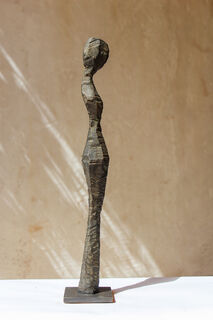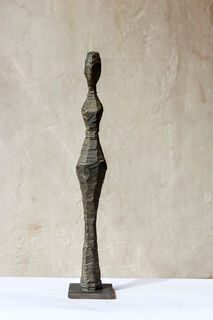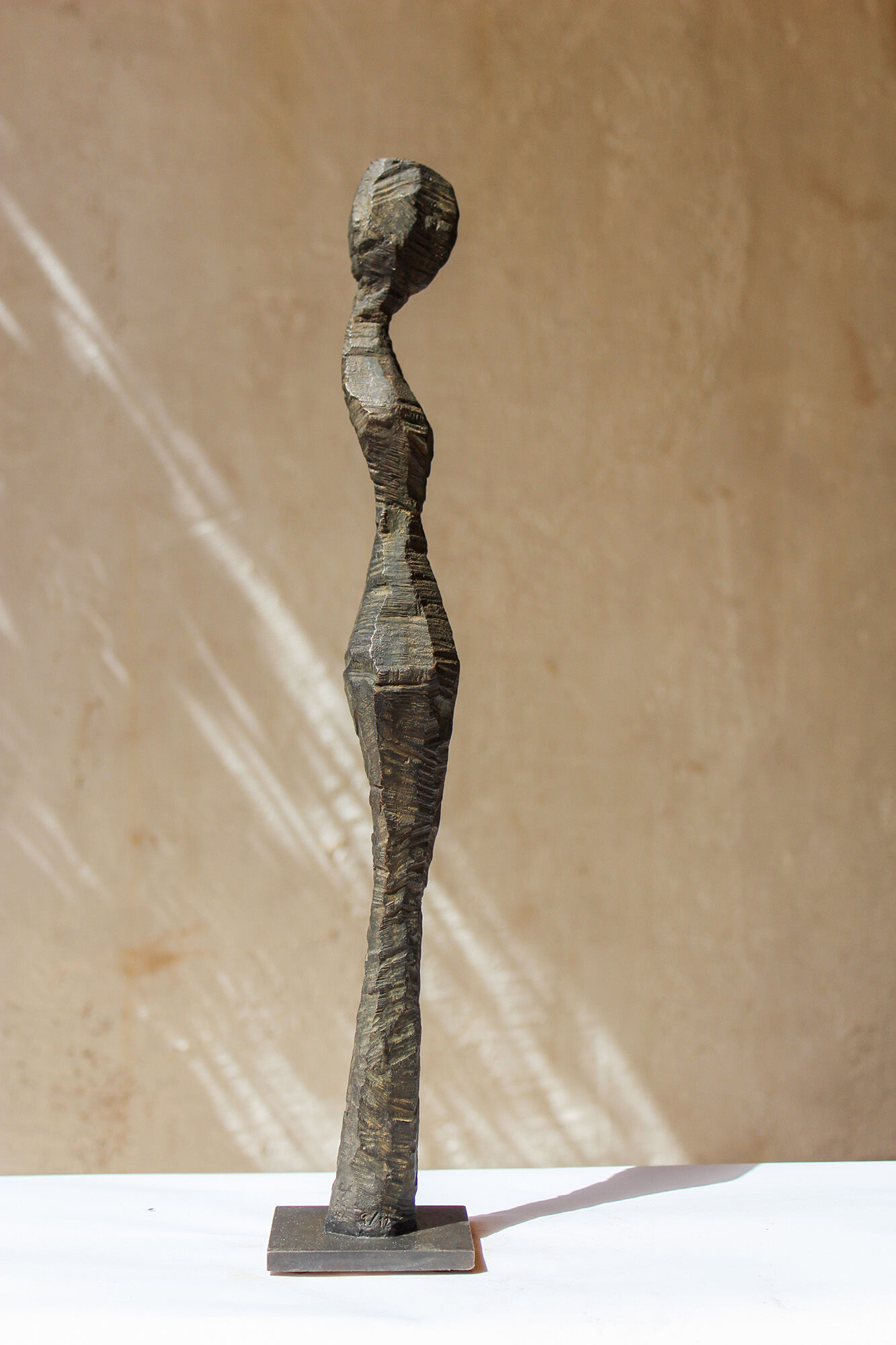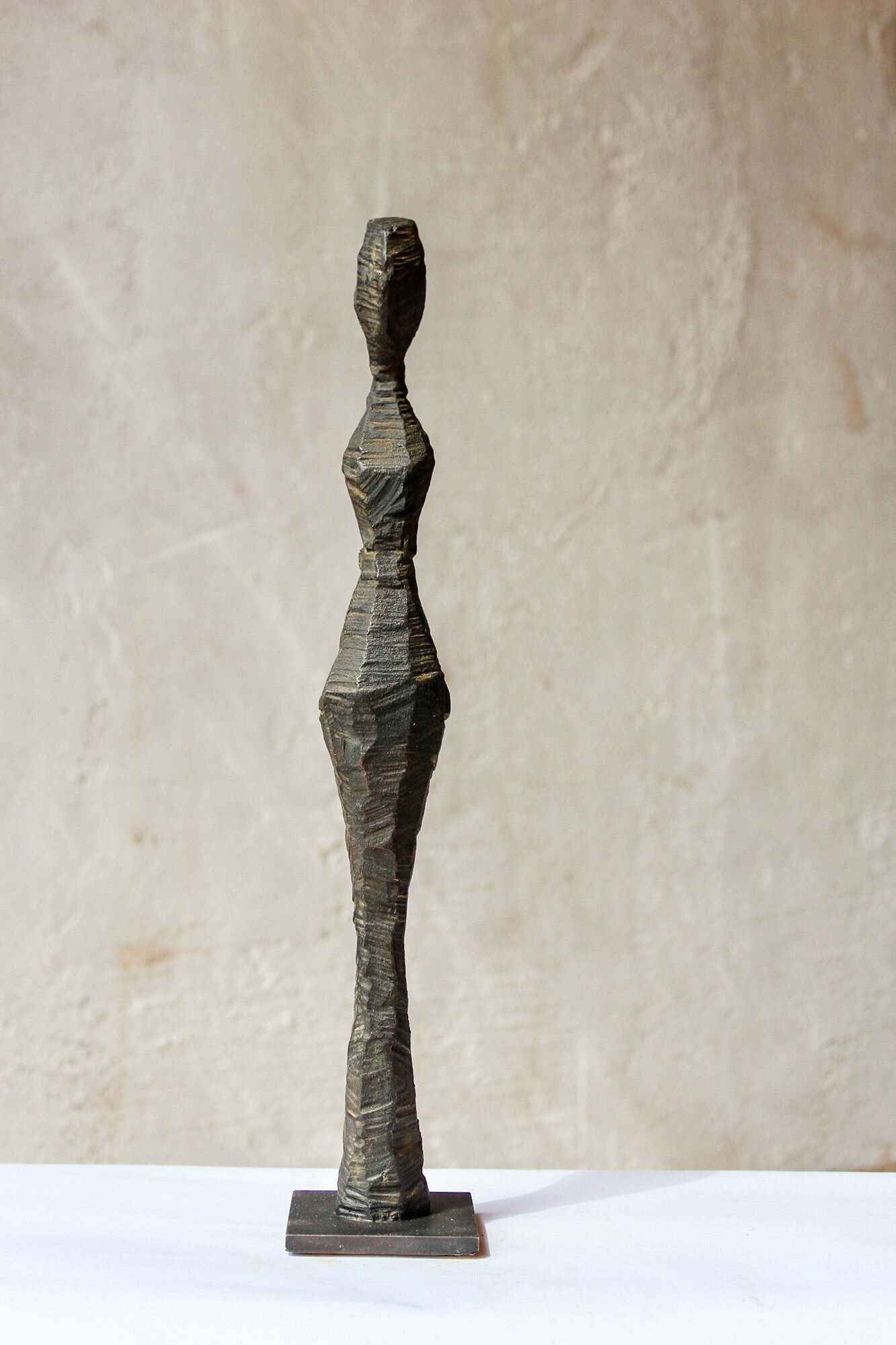Sculpture "The Serene" (2023)
Sculpture "The Serene" (2023)
Quick info
limited, 12 copies | signed | bronze | height 43 cm
Detailed description
Sculpture "The Serene" (2023)
Bronze sculpture, patinated, 2023. Edition: 12 copies, signed. Height: 43 cm.
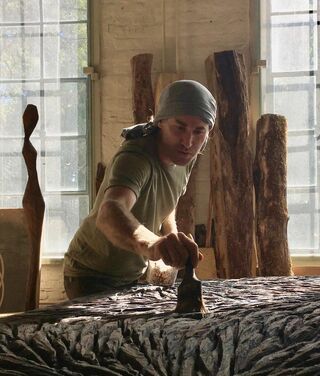
About Alexander Heil
Alexander Heil, born in 1970 in Frankfurt/Main, Germany, award winner of the Wilfried Koch Foundation, is represented at national and international exhibitions. The artist lives and works in Berlin and the wildest valley of Italian-speaking Switzerland. He draws his inspiration from this area of tension and thus creates his powerful sculptures.
The core themes of his work are movement and transience. With his abstracted figures, he represents the moment of individual points of existence in their essence. His abstract works always contain a pulsating movement within themselves, and at the same time, reflect processes of transience.
The haptics of the material and the optical alienation of the surfaces play an essential role in his works. Thus, bronze appears like wood, and wood seems like metal; the special patination of the wood is the result of a lengthy process that the artist keeps a secret.
An alloy of copper with other metals (especially with tin) used since ancient times.
When casting bronze, the artist usually applies the lost-wax technique which is dating back more than 5000 years. It's the best, but also the most complex method of producing sculptures.
First, the artist forms a model of his sculpture. It is embedded in a liquid silicone rubber mass. Once the material has solidified, the model is cut out. The liquid wax is poured into the negative mould. After cooling down, the wax cast is removed from the mould, provided with sprues and dipped into ceramic mass. The ceramic mass is hardened in a kiln, whereby the wax flows out (lost mould).
Now we finally have the negative form, into which the 1400° C hot molten bronze is poured. After the bronze had cooled down, the ceramic shell is broken off and the sculpture is revealed.
Now the sprues are removed, the surfaces are polished, patinated and numbered by the artist himself or, to his specifications, by a specialist. Thus, each casting becomes an original work.
For lower-quality bronze castings, the sand casting method is often used which, however, does not achieve the results of a more complex lost-wax technique in terms of surface characteristics and quality.
A plastic work of sculptural art made of wood, stone, ivory, bronze or other metals.
While sculptures from wood, ivory or stone are made directly from the block of material, in bronze casting a working model is prepared at first. Usually, it is made of clay or other easily mouldable materials.
The prime time of sculpture after the Greek and Roman antiquity was the Renaissance. Impressionism gave a new impulse to the sculptural arts. Contemporary artists such as Jorg Immendorf, Andora, and Markus Lupertz also enriched sculptures with outstanding works.

